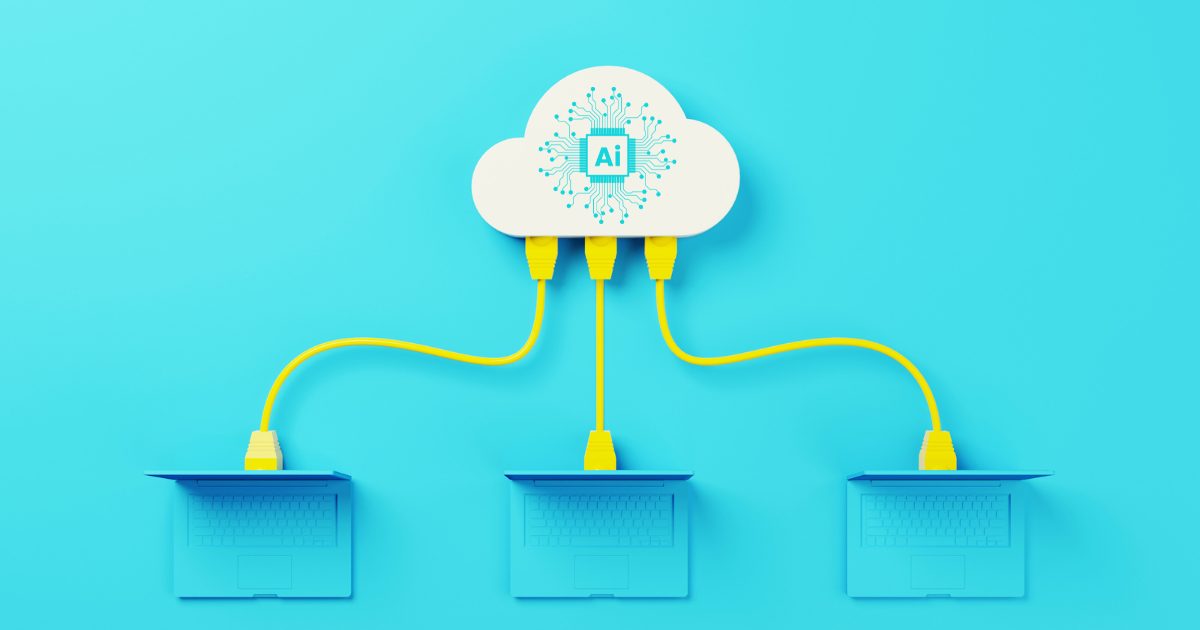Looking back to forecasted technology trends for 2022, experts predicted the importance of automation to help with risk mitigation against issues like supply chain disruptions. Now, as we look forward to technology trends in 2023, automation-assisted risk mitigation and resilience is now the focal point, according to this Forrester study.
Forrester’s predictions highlight an evolution in the way organizations will be thinking about automation in 2023. Up until recently, the discourse has used the term “digital transformation” to describe an organization’s investment in technology like the Microsoft Power Platform, Nintex Workflow Cloud, and the automation tools within those services. However, industry leaders have argued that this investment in technology should, instead, be termed a “digital imperative.”
This article explains the important role automation will play in your organization’s risk mitigation throughout 2023. We highlight the difference between the terms “digital transformation” and “digital imperative,” and suggest automation services to optimize your organization’s risk mitigation and resilience in the New Year, and beyond.
How Can Automation Support Your Organization’s Resilience?
In a past article on our blog, we stressed the importance of supply-chain mapping through process automation to help organizations navigate disruptions in 2022. Process automation practices can create not just one, but a multitude of contingency plans to ensure your organization can adapt to any unforeseen disruption with efficiency and predictability.
With a looming global recession, the focus on using automation for risk mitigation will not only be crucial for supply chain management but also for all facets of an organization’s operations. Experts at Gartner have encouraged organizations to develop a “digital immune system” as a strategic technology trend in 2023, and automation will play an integral role in this effort. It is no longer a “digital transformation” but rather, a “digital imperative.”
Why is the Term “Digital Transformation” No Longer Accurate?
Pundits have argued that the term “digital transformation” does a disservice to the importance of automation in 2023. The argument is that the word “transformation” inheres several connotations that don’t represent the current role of technology today.
“Transformation” implies a drastic change—a shift in the way an organization operates. Furthermore, “digital transformation” does not acknowledge any external factors that either cause or necessitate a shift to using digital processes.
The execution of a large-scale “transformation” may be difficult to achieve while keeping all employees, clients, and other stakeholders satisfied. It could be difficult to coordinate such a one-size-fits-all transformation without specific issues on which to focus.
What is the “Digital Imperative” and why is it Important?
The term “digital imperative” is a more apt descriptor of the role digitization and automation now play in organizations, as a legacy of the digital transformation movement. This term conveys the urgency and necessity of adopting digital solutions like process automation to ensure an organization’s risk mitigation and resilience.
Simply put, investing in digital solutions like automation is no longer a choice for your organization to gain a competitive edge; it is a necessity for long-term survival.
Recession-Proof Automation: The Most Important Digital Imperative in 2023
In 2023, your automation strategy should focus on using automation to optimize productivity at all levels of your organization. Using process automation tools like Microsoft Power Automate and Nintex Automation Cloud can streamline internal and external workflows, and organize and share critical information in an accessible and secure manner. These automation services also allow you to track productivity across an entire project’s lifecycle, helping to identify exactly where a process needs attention or improvement.
Most importantly, automation will position your organization for risk mitigation and resilience when disruptions come your way. It is a recession-proof solution to ensure your organization remains competitive and not only survives, but thrives.
Want to learn more about how Elantis can help make automation an imperative for your organization in 2023? Reach out to us to schedule a consultation with one of our automation experts.



























